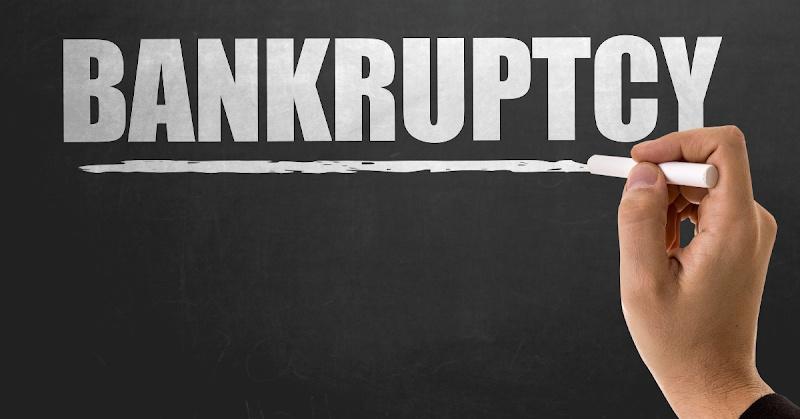1. Introduction
Homeownership is a significant milestone, but financial challenges can overshadow this achievement. For homeowners in Oklahoma facing financial distress, the prospect of bankruptcy can be overwhelming. This article aims to guide navigating the complexities of bankruptcy in Oklahoma while keeping your home and shedding financial worries.
2. Understanding Bankruptcy in Oklahoma
2.1 What is Bankruptcy?
Bankruptcy is a legal process that allows individuals and businesses to eliminate or repay their debts under the protection of the federal bankruptcy court. In Oklahoma, bankruptcy laws are designed to provide a fresh start to those in financial distress.
2.2 Types of Bankruptcy in Oklahoma
There are different types of bankruptcy, with Chapter 7 and Chapter 13 being the most common for individuals. Bankruptcy in Oklahoma typically falls under these chapters, each offering distinct advantages and considerations for homeowners.
3. Assessing Your Financial Situation
3.1 Conducting a Financial Inventory
Conducting a thorough financial inventory is crucial before proceeding with any bankruptcy filing. This includes listing assets, liabilities, income, and expenses. Understanding your financial landscape will help determine the most suitable bankruptcy option.
3.2 Consultation with a Financial Advisor
Consider seeking guidance from a financial advisor to gain insights into your financial situation. They can provide valuable advice on budgeting, debt management, and potential alternatives to bankruptcy.
4. Exploring Bankruptcy Options
4.1 Chapter 7 Bankruptcy
Chapter 7 is often referred to as liquidation bankruptcy. It involves the sale of non-exempt assets to repay creditors. In many cases, homeowners can protect their primary residence through exemptions provided by Oklahoma bankruptcy laws.
4.2 Chapter 13 Bankruptcy
Chapter 13 involves a repayment plan where debtors make affordable monthly payments over a specified period, usually three to five years. This can be an effective way for homeowners to catch up on missed mortgage payments and avoid foreclosure.
5. Protecting Your Home in Bankruptcy
5.1 Homestead Exemption in Oklahoma
Oklahoma offers a homestead exemption, allowing homeowners to protect a certain amount of equity in their primary residence. Understanding and utilizing this exemption is crucial for safeguarding your home during bankruptcy.
5.2 Negotiating with Lenders
Open communication with mortgage lenders is essential. Exploring options such as loan modification or forbearance can help homeowners in distress avoid foreclosure and keep their homes.
6. Rebuilding Your Financial Future
6.1 Budgeting and Financial Planning
After successfully navigating bankruptcy in Oklahoma, focusing on rebuilding your financial foundation is essential. Creating a realistic budget and adhering to sound financial practices will create a more secure future.
6.2 Rebuilding Credit
Rebuilding credit is a gradual process. Securing a secured credit card, making timely payments, and demonstrating responsible financial behavior will gradually improve your credit score.
Conclusion: Embracing a Fresh Start
Navigating bankruptcy in Oklahoma may seem daunting, but it can also be a transformative experience. The key is to approach it with a proactive mindset, seeking professional advice when needed. By following the right strategies, homeowners can keep their houses while shedding financial worries.
Frequently Asked Questions (FAQ)
Is bankruptcy the only option for homeowners in financial distress?
Bankruptcy is one option, but homeowners should explore alternatives such as loan modification, forbearance, or debt consolidation. Consulting with a financial advisor can provide insights into the best course of action.
How does the homestead exemption work in Oklahoma?
The homestead exemption in Oklahoma allows homeowners to protect a certain amount of equity in their primary residence from creditors during bankruptcy. Understanding the exemption limits and how they apply to your situation is essential.
Can I keep my home if I file for Chapter 7 bankruptcy?
Yes, in many cases, homeowners can keep their primary residence by utilizing exemptions provided under Chapter 7 bankruptcy. However, the details depend on the individual circumstances and applicable state laws.
How long does it take to rebuild credit after bankruptcy?
Rebuilding credit takes time and effort. While there is no specific timeline, consistent financial responsibility, such as making timely payments and managing credit wisely, will contribute to gradual improvement.
